Disclosure: This article contains affiliate links. We may earn a commission from purchases at no extra cost to you, which helps our travel content.
The mountains have always spoken to me in the language of healing. Perhaps that's why, after decades of helping others navigate their trauma in sterile office settings, I found myself drawn to Albuquerque's dramatic skyline—where the Sandia Mountains rise like a therapist's steady hand against the turquoise New Mexico sky. This spring marked my third visit to this high desert sanctuary, a week-long solo journey that reminded me why these ancient landscapes continue to call me back.
Sandia Peak: Where Elevation Meets Enlightenment
At 63, I've learned that the most profound therapy often happens at altitude. Sandia Peak, rising 10,378 feet above sea level, offers both physical challenge and mental clarity that my years of clinical practice taught me to value deeply. I began my week taking the iconic Sandia Peak Tramway—the world's third-longest single-span aerial tramway—which carried me breathlessly above juniper-dotted canyons to the mountain's crest.
Rather than immediately hiking, I first sat on the observation deck, my compact binoculars revealing distant mesas and the Rio Grande's sinuous path. As a psychiatrist, I've observed how panoramic views physically alter our perspective—expanding our visual field often expands our mental one as well.
The following day, I tackled the La Luz Trail, a challenging 8-mile route that ascends 3,700 feet from the foothills to the summit. I packed my trekking poles, which have become essential companions for preserving my knees on steep descents. The trail winds through four distinct ecological zones, each transition marking not just biological change but an invitation to notice your own internal shifts.
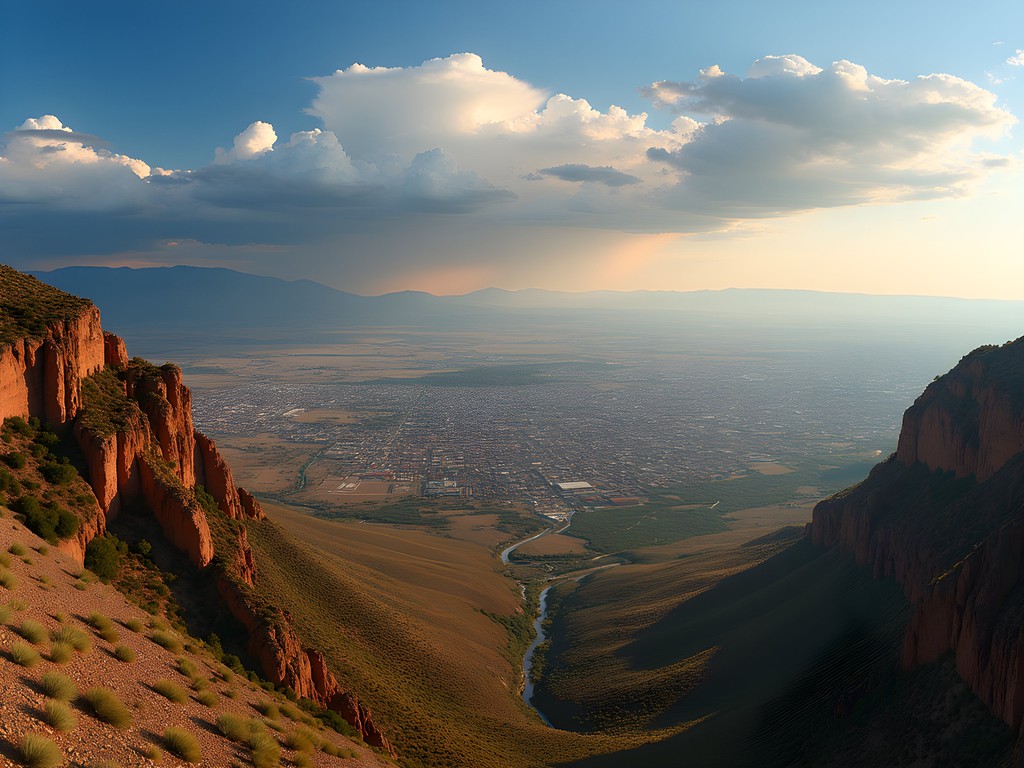
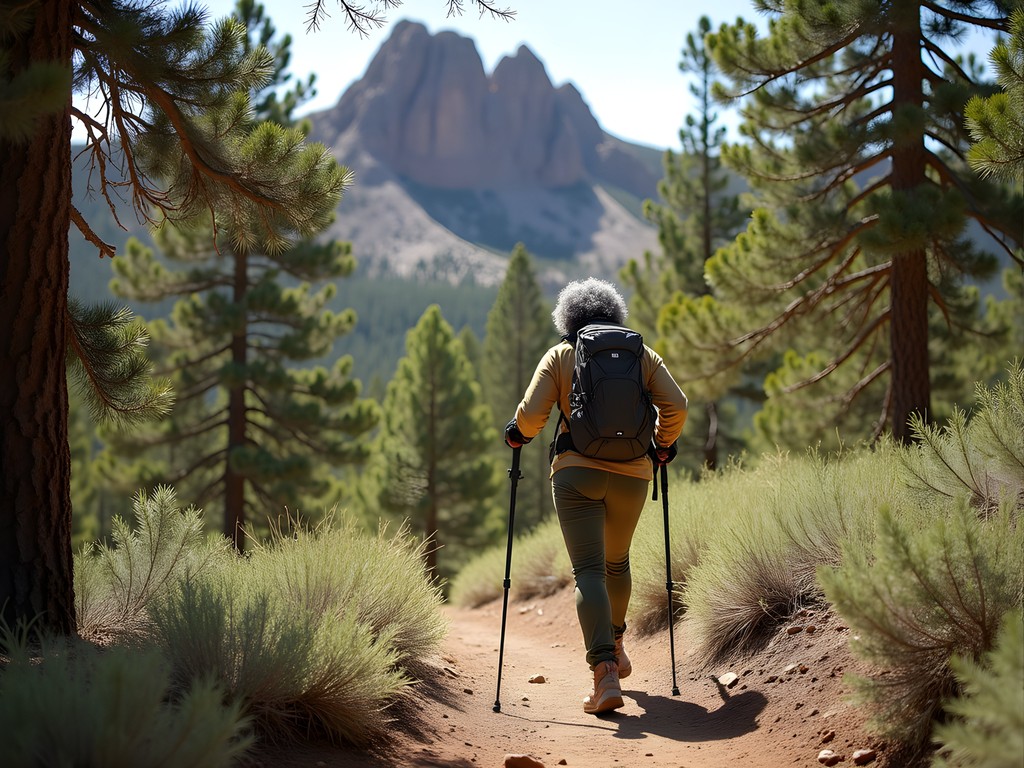
💡 Pro Tips
- Start La Luz Trail before 8am to avoid afternoon heat and thunderstorms
- Pack at least 3 liters of water—the dry air dehydrates you faster than you realize
- Consider hiking up and taking the tram down to save your knees if you're an older hiker like me
The Healing Rhythm of Mountain Trails
For three consecutive days, I explored the network of trails that vein through the Sandias, each footfall a meditation. The Crest Trail (Trail 130) became my favorite—a gentle ridge walk with spectacular views that follows the spine of the mountains for about 8 miles. I found myself stopping frequently to journal, a practice I often recommend to my trauma patients.
I've noticed that mountain landscapes, with their combination of expansive vistas and intimate natural details, create what psychologists call a 'soft fascination' state—where attention is engaged without being depleted. My ultralight camp chair became my portable therapy office, allowing me to sit comfortably among ponderosa pines while documenting the subtle ways these mountains were working on my psyche.
Each evening, I returned to my modest Airbnb in the Nob Hill neighborhood, where I could process the day's experiences. The rhythm of ascending into the mountains by day and returning to urban comforts by night created a perfect balance—something I emphasize to my clients about balancing challenge with rest.

💡 Pro Tips
- Carry the 10 essentials even on short hikes—weather changes rapidly at altitude
- Look for the diverse wildflowers that bloom in spring, particularly along the Tree Spring Trail
- Download the AllTrails app and maps before heading out—cell service is spotty on the mountain
Petroglyph National Monument: Ancient Wisdom Carved in Stone
After my days in the Sandias, I turned my attention to Petroglyph National Monument, where volcanic escarpments hold over 24,000 carved images—some dating back 3,000 years. As someone who's spent decades studying how humans process and express trauma, I find these ancient communications deeply moving.
I chose to hike the Rinconada Canyon trail early one morning, my sun hat protecting me from the increasingly intense spring sun. The 2.2-mile loop took me twice as long as it might take others—not from physical limitation, but because I found myself pausing repeatedly to contemplate the symbols etched by Ancestral Pueblo peoples.
One petroglyph depicting a spiral particularly captivated me. In many therapeutic modalities, the spiral represents the journey of healing—not linear, but circling back while still moving forward. I sat on a volcanic rock, my travel sketchbook open, attempting to capture not just the image but the feeling of connection across centuries. What mental states prompted these ancient artists to carve their visions into stone? What anxieties or celebrations did they need to externalize?
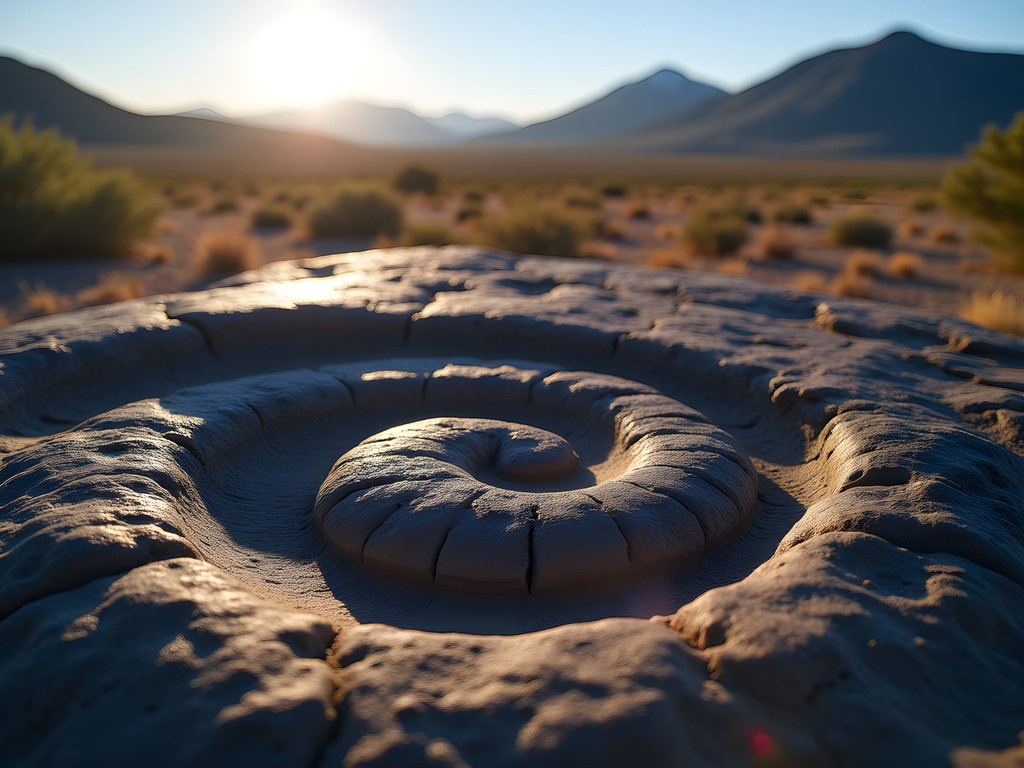
💡 Pro Tips
- Visit petroglyphs in morning or late afternoon when angled sunlight makes them more visible
- Bring binoculars to spot petroglyphs higher on the escarpment that many visitors miss
- Respect the cultural significance by never touching the petroglyphs—oils from skin can damage them
Bridging Ancient Wisdom and Modern Wellness
My final days in Albuquerque were spent exploring the intersection of these mountain experiences. I arranged to meet with a local Pueblo elder who leads wellness walks through the foothills, combining traditional knowledge with contemporary mental health concepts—a professional curiosity I couldn't resist.
We walked slowly through the juniper-dotted landscape at the mountain's base, my daypack carrying water and lunch for our extended conversation. What struck me most was how many parallels existed between modern trauma-informed care and indigenous wellness practices: the emphasis on connection to place, the importance of community, and the healing power of narrative.
I've found that my backpacking journeys often yield insights I could never gain in my clinical practice. The elder explained how the Sandia Mountains are considered a place of balance—their eastern face catching the morning sun while the western face holds the day's final light. This concept of holding both beginning and ending, light and shadow, mirrors what we try to achieve in therapy: the integration of all parts of our experience.
That evening, I sat on the patio of a local restaurant in the Nob Hill neighborhood, sampling blue corn enchiladas while writing field notes in my journal. The mountains glowed pink in the distance—the phenomenon that gave the Sandias their Spanish name, meaning watermelon.

💡 Pro Tips
- Research and respect cultural protocols when engaging with indigenous knowledge
- The Pueblo Cultural Center offers excellent context before visiting sacred sites
- Consider guided cultural tours that financially support local indigenous communities
Final Thoughts
As my week in Albuquerque drew to a close, I found myself sitting at the Sandia Peak observation deck one last time, my journal open to a page where I'd written: 'Mountains don't just change the landscape—they change us.' After thirty years helping others navigate their internal terrain, these Albuquerque mountains reminded me that sometimes the most profound therapy happens when we allow ourselves to be humbled by ancient landscapes.
Whether you're seeking physical challenge on La Luz Trail, cultural connection at Petroglyph National Monument, or simply a moment of perspective from the tramway, Albuquerque's mountain treasures offer something increasingly rare in our hyperconnected world: the space to hear your own thoughts and the wisdom to recognize you're part of something much older and larger than yourself.
I'll return again, perhaps next spring when the wildflowers dot the mountain trails. Maybe I'll bring my eldest granddaughter, who at 16 is beginning to ask the big questions about her place in the world. Some answers, I believe, are carved in stone and whispered by mountains—if only we take the time to listen.
✨ Key Takeaways
- Albuquerque's mountains offer both physical challenge and contemplative spaces for mental wellness
- Petroglyph National Monument provides a unique window into ancient human expression and communication
- Spring brings moderate temperatures and wildflowers, making it ideal for exploring both high and low elevation trails
- The combination of natural landscapes and cultural heritage creates a uniquely restorative travel experience
📋 Practical Information
Best Time to Visit
Spring (April-May) or Fall (September-October)
Budget Estimate
$1,000-1,500 for one week (mid-range accommodations, tram tickets, food, car rental)
Recommended Duration
5-7 days
Difficulty Level
Intermediate
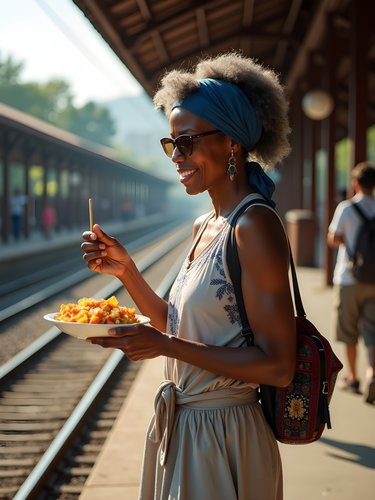

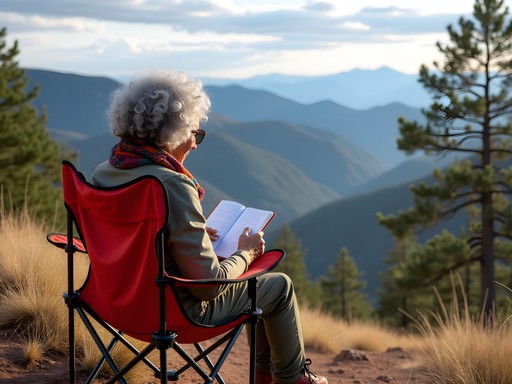
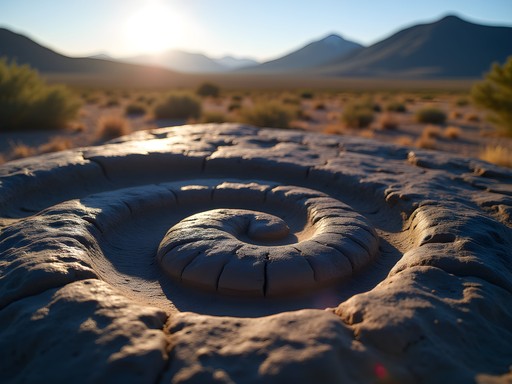
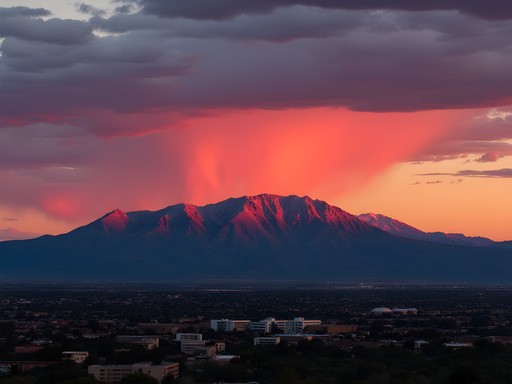


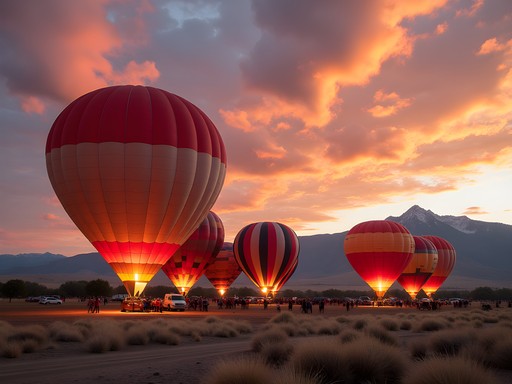
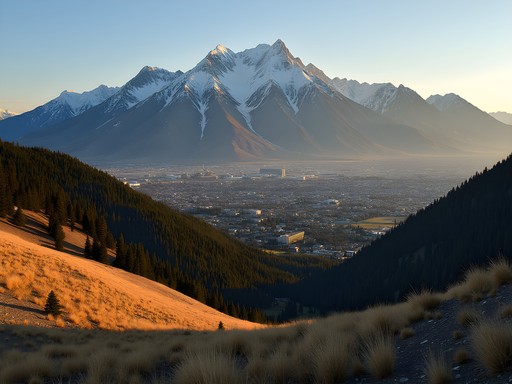

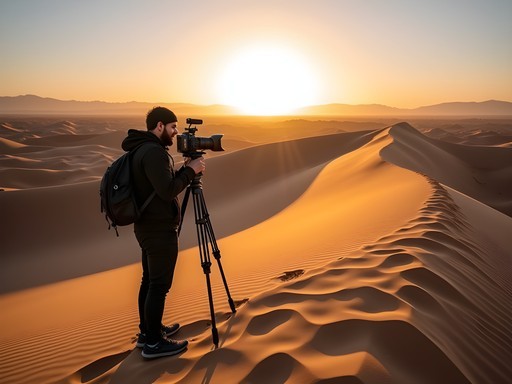
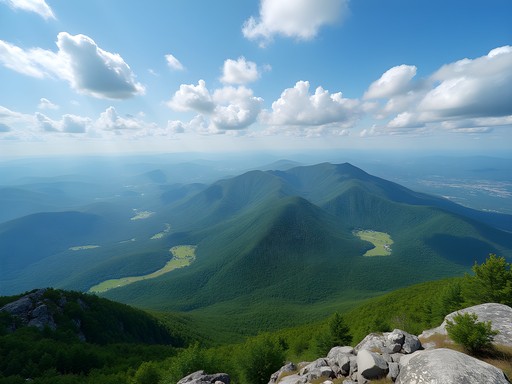


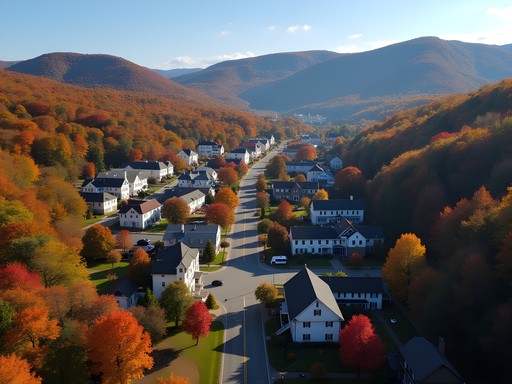
Comments
southwest_explorer
If you're visiting the petroglyphs, go to Boca Negra Canyon first - it has the highest concentration of carvings in the smallest area. Perfect if you're short on time!
DesertRose
Just got back from ABQ and your post captures the magic perfectly!
TravelWithKids505
For anyone visiting Petroglyph National Monument with children, the Boca Negra Canyon trail is perfect! Short enough for little legs but with enough petroglyphs to keep everyone engaged. We brought our junior ranger kit and it made the experience so much more interactive for our 7 and 9 year olds.
MountainMama
Thanks for the kid-friendly tip! Planning to take my niece and nephew there next spring.
hikingtherapist
As a fellow therapist who loves incorporating nature into healing work, I'm curious about which trails you found most conducive to mindfulness practices? Planning a retreat there next spring!
ABQ_local_guide
Not the author but I recommend the La Luz Trail for mindfulness - there are several quiet spots with natural stone seats about 2 miles up that overlook the valley. Perfect for guided meditation sessions.
hikingtherapist
Thank you so much for this recommendation! Adding it to my retreat planning notes.
SouthwestAdventurer
Love how you connected the ancient petroglyphs to your healing work! Really beautiful perspective.
exploreblogger
Those sunset photos from Sandia Peak are incredible! Was the tramway crowded when you went? Thinking of visiting in October but worried about tourist crowds.
HikingFanatic22
Not Maya, but I went last October and it wasn't bad at all! Weekdays are definitely better than weekends. The sunset crowd thins out pretty quickly after the colors fade.
exploreblogger
That's super helpful, thanks! I'll aim for a weekday visit then.
happyninja
Beautiful photos! How difficult is the tram ride if you're afraid of heights? Been wanting to go but I'm a bit nervous about it!
Maya Young
I'm actually not great with heights either! The tram is very stable, but it does swing a tiny bit and goes over some deep canyons. I found it helped to focus on the horizon rather than looking straight down. The view at the top is absolutely worth pushing through the fear!
mountainlife
I was terrified too but ended up loving it! Just stand in the middle away from the windows if it gets too scary. The restaurant at the top is a nice distraction for the ride back down too!
Douglas Bradley
Maya, your connection between the ancient petroglyphs and modern wellness resonates deeply with me. I spent three days in Albuquerque last year and found the juxtaposition between the Sandia Mountains and the desert floor fascinating from a cultural perspective. Did you happen to take the La Luz Trail? I found it challenging but incredibly rewarding - the transition between ecological zones tells a story that complements the petroglyphs perfectly. The ancient peoples understood something about this landscape that modern visitors are just beginning to rediscover. Your background in trauma healing adds a wonderful dimension to this travel narrative that most guides miss.
exploreblogger
I've been wondering about La Luz Trail too! Is it doable for someone with moderate hiking experience?
Douglas Bradley
Absolutely! It's challenging (about 8 miles with 3,700ft elevation gain) but well-marked. Start early to avoid afternoon heat and bring plenty of water. The views make every step worthwhile!
exploreblogger
Thanks! Definitely adding it to my list for my trip next month.
Frank Garcia
Maya, I really appreciate how you connected the ancient petroglyphs with your background in trauma therapy. I've visited many archaeological sites, but never considered them through that lens. When I went to Petroglyph NM, I brought my field guide which helped identify some of the more common symbols. The way you described the 'healing rhythm' of the mountain trails resonates with my own experiences - there's something about that elevation change that seems to physically draw out stress from the body. Did you happen to check out the Piedras Marcadas Canyon area? That was my favorite section.
mountain_mama
Those Sandia sunsets are unreal! Great photos!
Venture X
Premium card with 2X miles, $300 travel credit, Priority Pass